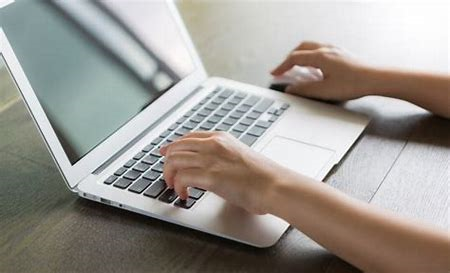Working from home has become the new normal for many of us.
But unless you set up your workstation correctly, you’re at risk of developing
neck and back problems. Physiotherapist Adam Crisp explains why.
To many people, working from home may sound great. Sleeping
in past 6am, no commuting to and from the office and staying in your pyjamas
all day. However, this new way of work-life also opens up the door for the
potential musculoskeletal complaints.
Many of us are used to working in an office with a monitor
(or two if you’re lucky), a comfortable office chair, enough space to fit three
people, and possibly even a sit-to-stand desk. When you’re working from home,
this is rarely the case, with many of us forced to work using a laptop at a
desk or table that may be too high or too low, and an old office chair or
dining chair.

Is working from a laptop bad for us?
When using a laptop, your neck and upper back are often
flexed forward. This position increases the effort required by the muscles of
the neck and shoulder. For short periods of time (less than one hour), this may
not lead to any musculoskeletal complaints. However, if this is your new
“normal”, you’ll increase the likelihood of developing neck pain, shoulder
pain, upper back stiffness and headaches. Here are a few strategies that will
help minimize this.
·
Sit at a desk (or table) and use a chair that
provides good postural support. If the table is too high or the chair doesn’t
provide enough support, use pillows to assist.
·
Place your laptop on some books or a box and get
your hands on a separate keyboard or mouse. This will allow you to keep your
neck in a more neutral position and reduce the effort required by the muscles.
Ensure that your screen is arms-length away.
·
Take frequent postural breaks (every 20-30
minutes) and perform regular neck and shoulder stretches.
If you are finding that you are developing pain, and regular
stretching and self-management strategies do not help, please contact your
nearest physiotherapist for a tailored exercise and stretching program.